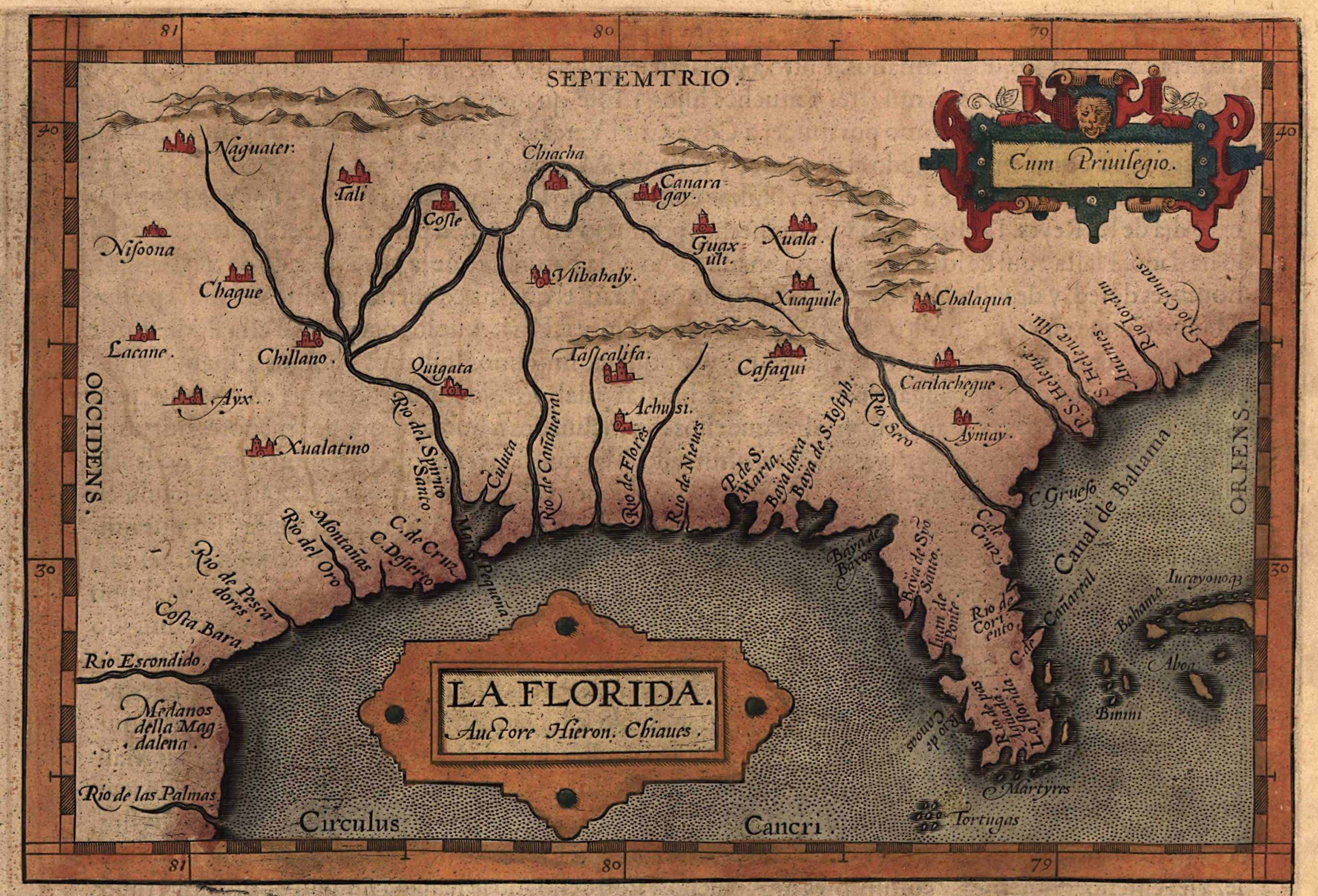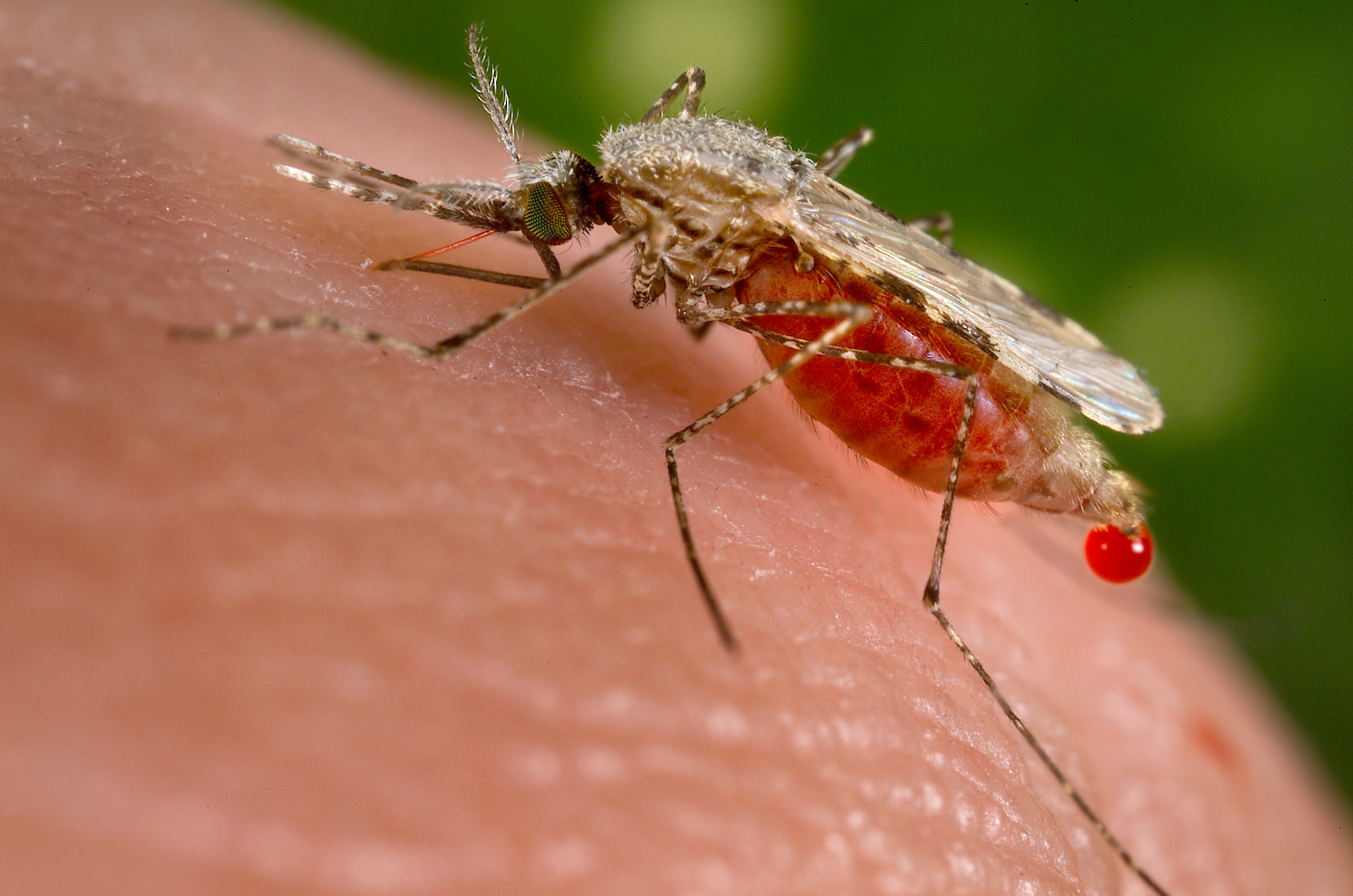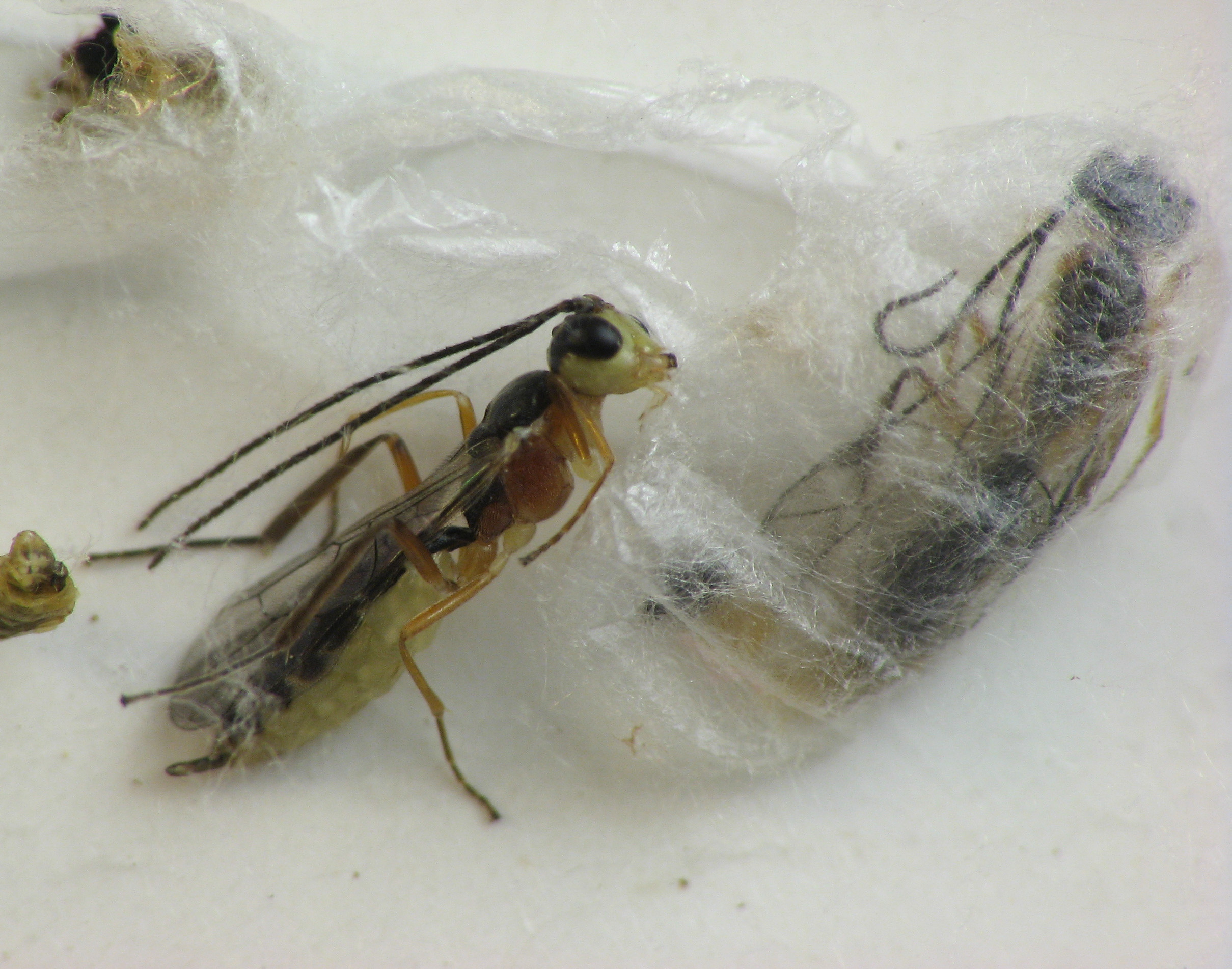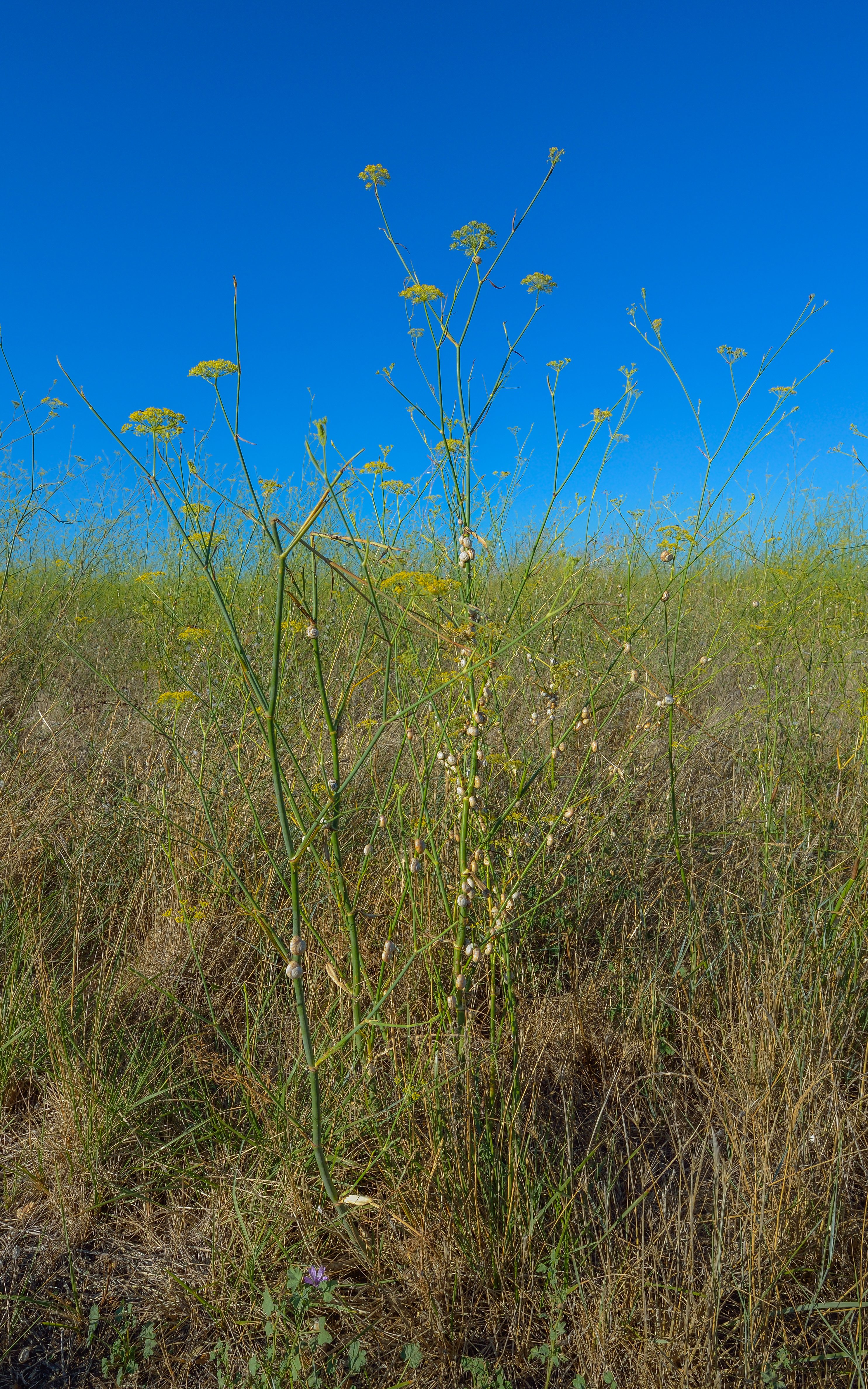|
Leptoconops Torrens
''Leptoconops torrens'' (commonly known as the biting midge fly) is a species of small biting flies in the no-see-um family Ceratopogonidae. They were first mentioned in writing by Charles Henry Tyler Townsend in 1893. The name ''Leptoconops carteri'' is a junior synonym of ''L. torrens.'' They are prevalent in the southwestern and southeastern areas of the United States. In early stages of life, ''L. torrens'' flies dwell in soil, then emerge to feed and breed as fully developed adults. ''L. torrens'' females rely on blood meals from vertebrates for nutrition, while males feed on various plant products such as nectar. ''L. torrens'' infestations in California have caused people to take measures to control their populations. The flies are relatively small at around long and are difficult to spot, making preventing ''L. torrens'' bites difficult. Construction projects and farming efforts have been temporarily suspended because of ''L. torrens'' biting activity. Description ... [...More Info...] [...Related Items...] OR: [Wikipedia] [Google] [Baidu] |
Charles Henry Tyler Townsend
Charles Henry Tyler Townsend (5 December 1863 – 17 March 1944) was an American entomologist specializing in the study of tachinids (Tachinidae), a large and diverse family of flies (Diptera) with larvae that are parasitoids of other insects. He was perhaps the most prolific publisher of new tachinids, naming and describing some 3000 species and genera. He made important contributions to the biological control of insect pests and he was the first to identify the insect vector of a debilitating disease in Peru. Townsend was also a controversial figure and criticism of his approach to insect taxonomy continues to this day. Biography Townsend was born in Oberlin, Ohio, in 1863. He attended high school in Constantine, Michigan and graduated in 1882. From 1887 to 1891 he studied medicine at Columbian University (now George Washington University) in Washington, D.C. At the same time he worked in the United States Department of Agriculture as an assistant entomologist for Charles Valenti ... [...More Info...] [...Related Items...] OR: [Wikipedia] [Google] [Baidu] |
Florida
Florida is a state located in the Southeastern region of the United States. Florida is bordered to the west by the Gulf of Mexico, to the northwest by Alabama, to the north by Georgia, to the east by the Bahamas and Atlantic Ocean, and to the south by the Straits of Florida and Cuba; it is the only state that borders both the Gulf of Mexico and the Atlantic Ocean. Spanning , Florida ranks 22nd in area among the 50 states, and with a population of over 21 million, it is the third-most populous. The state capital is Tallahassee, and the most populous city is Jacksonville. The Miami metropolitan area, with a population of almost 6.2 million, is the most populous urban area in Florida and the ninth-most populous in the United States; other urban conurbations with over one million people are Tampa Bay, Orlando, and Jacksonville. Various Native American groups have inhabited Florida for at least 14,000 years. In 1513, Spanish explorer Juan Ponce de León became th ... [...More Info...] [...Related Items...] OR: [Wikipedia] [Google] [Baidu] |
Honeydew (secretion)
Honeydew is a sugar-rich sticky liquid, secreted by aphids and some scale insects as they feed on plant sap. When their mouthpart penetrates the phloem, the sugary, high-pressure liquid is forced out of the anus of the aphid. Honeydew is particularly common as a secretion in hemipteran insects and is often the basis for trophobiosis. Some caterpillars of Lycaenidae butterflies and some moths also produce honeydew. Honeydew producing insects, like cicadas, pierce phloem ducts to access the sugar rich sap. The sap continues to bleed after the insects have moved on, leaving a white sugar crust called manna. Ants may collect, or "milk", honeydew directly from aphids and other honeydew producers, which benefit from their presence due to their driving away predators such as lady beetles or parasitic wasps—see ''Crematogaster peringueyi''. Animals and plants in a mutually symbiotic arrangement with ants are called Myrmecophiles. In Madagascar, some gecko species in the genera ''Phe ... [...More Info...] [...Related Items...] OR: [Wikipedia] [Google] [Baidu] |
Hematophagy
Hematophagy (sometimes spelled haematophagy or hematophagia) is the practice by certain animals of feeding on blood (from the Greek words αἷμα ' "blood" and φαγεῖν ' "to eat"). Since blood is a fluid tissue rich in nutritious proteins and lipids that can be taken without great effort, hematophagy is a preferred form of feeding for many small animals, such as worms and arthropods. Some intestinal nematodes, such as Ancylostomatids, feed on blood extracted from the capillaries of the gut, and about 75 percent of all species of leeches (e.g., ''Hirudo medicinalis'') are hematophagous. The spider Evarcha culicivora feeds indirectly on vertebrate blood by specializing on blood-filled female mosquitoes as their preferred prey. Some fish, such as lampreys and candirus, and mammals, especially the vampire bats, and birds, such as the vampire finches, hood mockingbirds, the Tristan thrush, and oxpeckers also practise hematophagy. Mechanism and evolution These hematophag ... [...More Info...] [...Related Items...] OR: [Wikipedia] [Google] [Baidu] |
Warm-blooded
Warm-blooded is an informal term referring to animal species which can maintain a body temperature higher than their environment. In particular, homeothermic species maintain a stable body temperature by regulating metabolic processes. The only known living homeotherms are birds and mammals, and the only living homeothermic lizard is the Argentine black and white tegu. Some extinct reptiles such as ichthyosaurs, pterosaurs, plesiosaurs and some non-avian dinosaurs are believed to have been homeotherms. Other species have various degrees of thermoregulation. Animal body temperature control varies by species, so the terms "warm-blooded" and " cold-blooded" (though still in everyday use) suggest a false idea of there being only two categories of body temperature control, and are no longer used scientifically. Terminology In general, warm-bloodedness refers to three separate categories of thermoregulation. * Endothermy is the ability of some creatures to control their bod ... [...More Info...] [...Related Items...] OR: [Wikipedia] [Google] [Baidu] |
Oviduct
The oviduct in mammals, is the passageway from an ovary. In human females this is more usually known as the Fallopian tube or uterine tube. The eggs travel along the oviduct. These eggs will either be fertilized by spermatozoa to become a zygote, or will degenerate in the body. Normally, these are paired structures, but in birds and some cartilaginous fishes, one or the other side fails to develop (together with the corresponding ovary), and only one functional oviduct can be found. Except in teleosts, the oviduct is not directly in contact with the ovary. Instead, the most anterior portion ends in a funnel-shaped structure called the infundibulum, which collects eggs as they are released by the ovary into the body cavity. The only female vertebrates to lack oviducts are the jawless fishes. In these species, the single fused ovary releases eggs directly into the body cavity. The fish eventually extrudes the eggs through a small genital pore towards the rear of the body. Fis ... [...More Info...] [...Related Items...] OR: [Wikipedia] [Google] [Baidu] |
Pupa
A pupa ( la, pupa, "doll"; plural: ''pupae'') is the life stage of some insects undergoing transformation between immature and mature stages. Insects that go through a pupal stage are holometabolous: they go through four distinct stages in their life cycle, the stages thereof being egg, larva, pupa, and imago. The processes of entering and completing the pupal stage are controlled by the insect's hormones, especially juvenile hormone, prothoracicotropic hormone, and ecdysone. The act of becoming a pupa is called pupation, and the act of emerging from the pupal case is called eclosion or emergence. The pupae of different groups of insects have different names such as ''chrysalis'' for the pupae of butterflies and ''tumbler'' for those of the mosquito family. Pupae may further be enclosed in other structures such as cocoons, nests, or shells. Position in life cycle The pupal stage follows the larval stage and precedes adulthood ('' imago'') in insects with complete metamo ... [...More Info...] [...Related Items...] OR: [Wikipedia] [Google] [Baidu] |
Aestivation
Aestivation ( la, aestas (summer); also spelled estivation in American English) is a state of animal dormancy, similar to hibernation, although taking place in the summer rather than the winter. Aestivation is characterized by inactivity and a lowered metabolic rate, that is entered in response to high temperatures and arid conditions. It takes place during times of heat and dryness, the hot dry season, which are often the summer months. Invertebrate and vertebrate animals are known to enter this state to avoid damage from high temperatures and the risk of desiccation. Both terrestrial and aquatic animals undergo aestivation. Fossil records suggest that aestivation may have evolved several hundred million years ago. Physiology Organisms that aestivate appear to be in a fairly "light" state of dormancy, as their physiological state can be rapidly reversed, and the organism can quickly return to a normal state. A study done on '' Otala lactea'', a snail native to parts of Euro ... [...More Info...] [...Related Items...] OR: [Wikipedia] [Google] [Baidu] |
Diapause
In animal dormancy, diapause is the delay in development in response to regular and recurring periods of adverse environmental conditions.Tauber, M.J., Tauber, C.A., Masaki, S. (1986) ''Seasonal Adaptations of Insects''. Oxford University Press It is a physiological state with very specific initiating and inhibiting conditions. The mechanism is a means of surviving predictable, unfavorable environmental conditions, such as temperature extremes, drought, or reduced food availability. Diapause is observed in all the life stages of arthropods, especially insects. Embryonic diapause, a somewhat similar phenomenon, occurs in over 130 species of mammals, possibly even in humans, and in the embryos of many of the oviparous species of fish in the order Cyprinodontiformes. Activity levels of diapausing stages can vary considerably among species. Diapause may occur in a completely immobile stage, such as the pupae and eggs, or it may occur in very active stages that undergo extensive migrati ... [...More Info...] [...Related Items...] OR: [Wikipedia] [Google] [Baidu] |
Subtropics
The subtropical zones or subtropics are geographical and climate zones to the north and south of the tropics. Geographically part of the temperate zones of both hemispheres, they cover the middle latitudes from to approximately 35° north and south. The horse latitudes lie within this range. Subtropical climates are often characterized by hot summers and mild winters with infrequent frost. Most subtropical climates fall into two basic types: humid subtropical ( Koppen climate Cfa), where rainfall is often concentrated in the warmest months, for example Southeast China and the Southeastern United States, and dry summer or Mediterranean climate ( Koppen climate Csa/Csb), where seasonal rainfall is concentrated in the cooler months, such as the Mediterranean Basin or Southern California. Subtropical climates can also occur at high elevations within the tropics, such as in the southern end of the Mexican Plateau and in Da Lat of the Vietnamese Central Highlands. The ... [...More Info...] [...Related Items...] OR: [Wikipedia] [Google] [Baidu] |
Tropics
The tropics are the regions of Earth surrounding the Equator. They are defined in latitude by the Tropic of Cancer in the Northern Hemisphere at N and the Tropic of Capricorn in the Southern Hemisphere at S. The tropics are also referred to as the tropical zone and the torrid zone (see geographical zone). In terms of climate, the tropics receive sunlight that is more direct than the rest of Earth and are generally hotter and wetter as they aren't affected as much by the solar seasons. The word "tropical" sometimes refers to this sort of climate in the zone rather than to the geographical zone itself. The tropical zone includes deserts and snow-capped mountains, which are not tropical in the climatic sense. The tropics are distinguished from the other climatic and biomatic regions of Earth, which are the middle latitudes and the polar regions on either side of the equatorial zone. The tropics constitute 40% of Earth's surface area and contain 36% of Earth's landmass. ... [...More Info...] [...Related Items...] OR: [Wikipedia] [Google] [Baidu] |
Soil
Soil, also commonly referred to as earth or dirt, is a mixture of organic matter, minerals, gases, liquids, and organisms that together support life. Some scientific definitions distinguish ''dirt'' from ''soil'' by restricting the former term specifically to displaced soil. Soil consists of a solid phase of minerals and organic matter (the soil matrix), as well as a porous phase that holds gases (the soil atmosphere) and water (the soil solution). Accordingly, soil is a three-state system of solids, liquids, and gases. Soil is a product of several factors: the influence of climate, relief (elevation, orientation, and slope of terrain), organisms, and the soil's parent materials (original minerals) interacting over time. It continually undergoes development by way of numerous physical, chemical and biological processes, which include weathering with associated erosion. Given its complexity and strong internal connectedness, soil ecologists regard soil as an ecosystem. ... [...More Info...] [...Related Items...] OR: [Wikipedia] [Google] [Baidu] |








